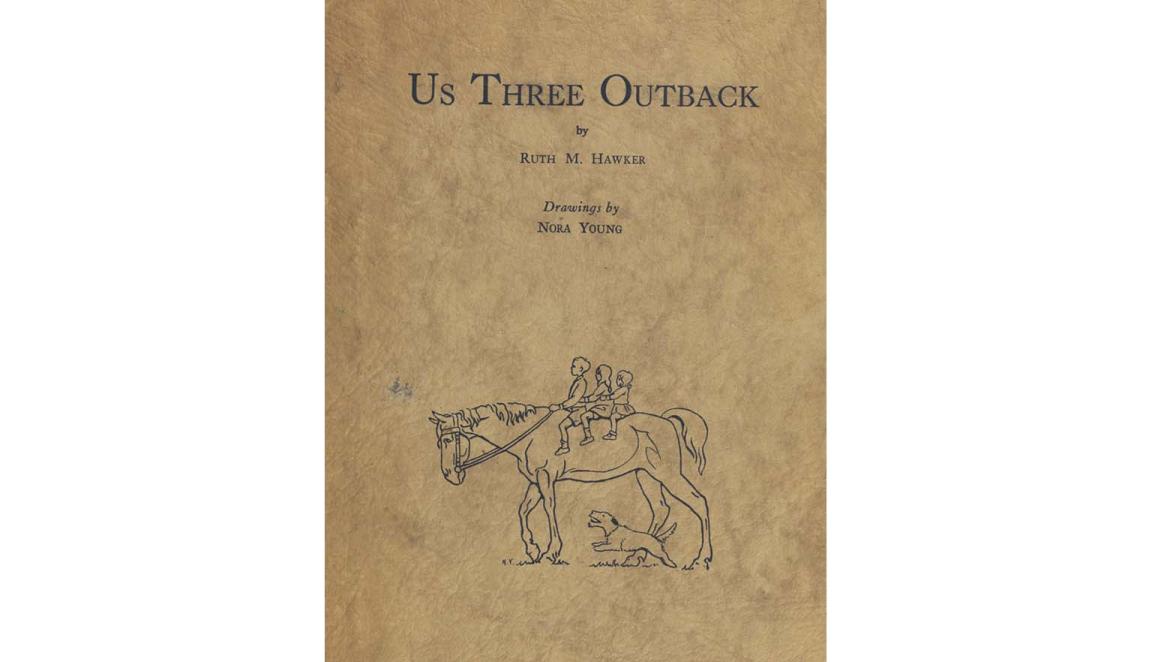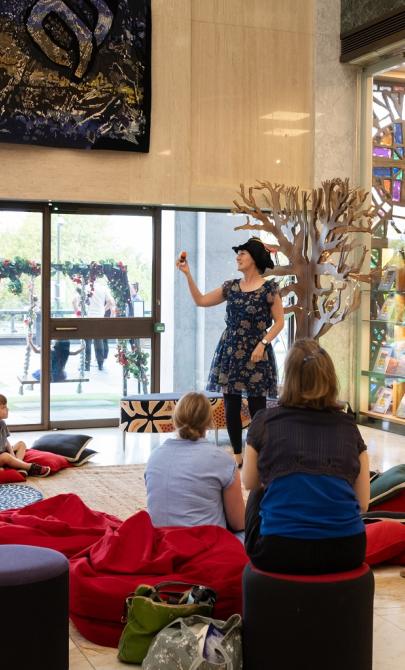Family, friends and identity
From migration stories to modern themes
Many early Australian novels for children depicted families migrating from Britain and trying to establish new lives in the harsh Australian outback.

Ruth Hawker and Nora Young, Us three outback, 1932, nla.gov.au/nla.obj-3589536
Ruth Hawker and Nora Young, Us three outback, 1932, nla.gov.au/nla.obj-3589536
With the federation of Australia in 1901, the idea of a distinctly Australian way of life emerged. Families began to enjoy the comforts of more established cities, and children’s literature reflected this shift. At the time, most books were written for boys, while family life and domestic settings were often explored by female authors.
As traditional child-rearing practices came under scrutiny, the rigid discipline of the 19th century began to ease. Children were increasingly recognised as individuals with their own interests and voices. This shift led to the development of reading materials created specifically for children in schools.
By the Second World War and into the 1960s, Australian children’s books began addressing social issues such as migration and refugee resettlement. These stories often portrayed new arrivals as assimilating into Australian life, becoming what was then called ‘new Australians’, and leaving behind aspects of their former identity.
In the later 20th century, children’s literature began to explore more complex issues. Authors increasingly focused on children's mental, emotional and spiritual development, alongside their physical growth. Difficulties within families and personal relationships were acknowledged and openly addressed.
Learning activities
Activity 1: Book survey and analysis
Conduct a survey to discover each student’s favourite book (or up to three favourites). Compile the results and work together to analyse the choices. Look for common elements such as:
- themes
- settings
- fiction or non-fiction
- type of protagonist
- narrative style (first person, third person)
- language and tone
Represent the findings in a graph or visual diagram. Discuss:
- how diverse the class’s reading preferences are
- what the results might say about shared interests
- whether there were any outliers or unexpected results
Encourage respectful discussion and make sure students feel safe sharing their preferences, especially if they differ from common trends.



